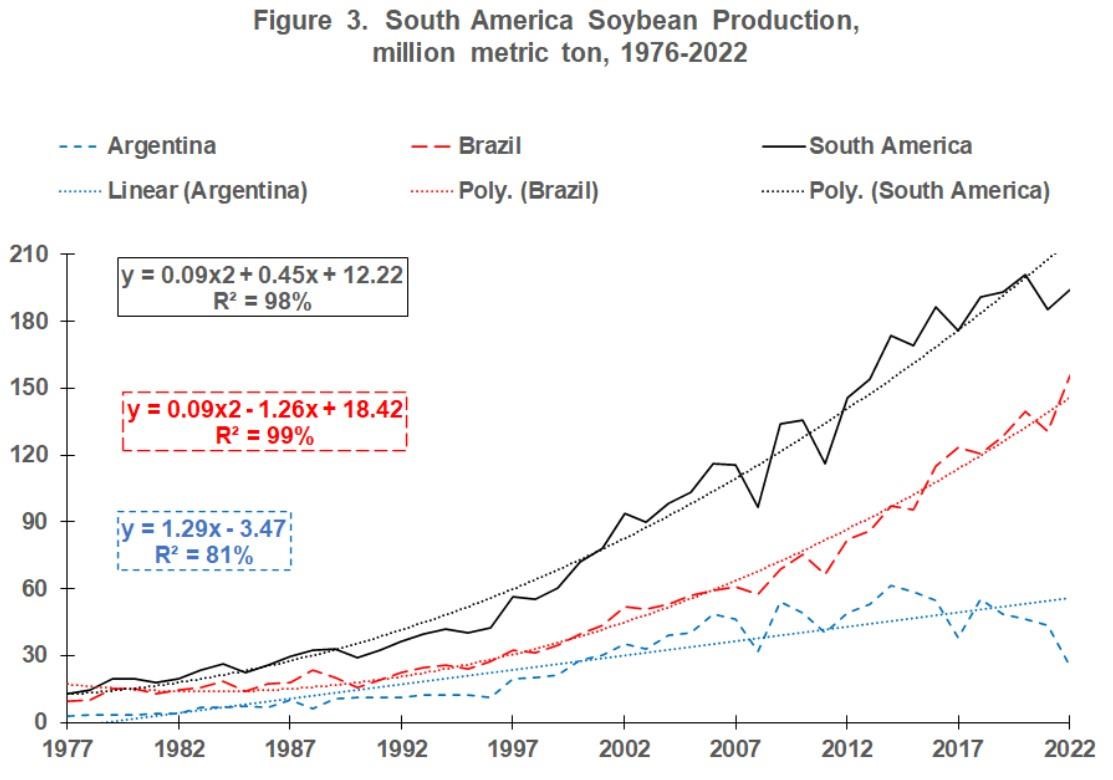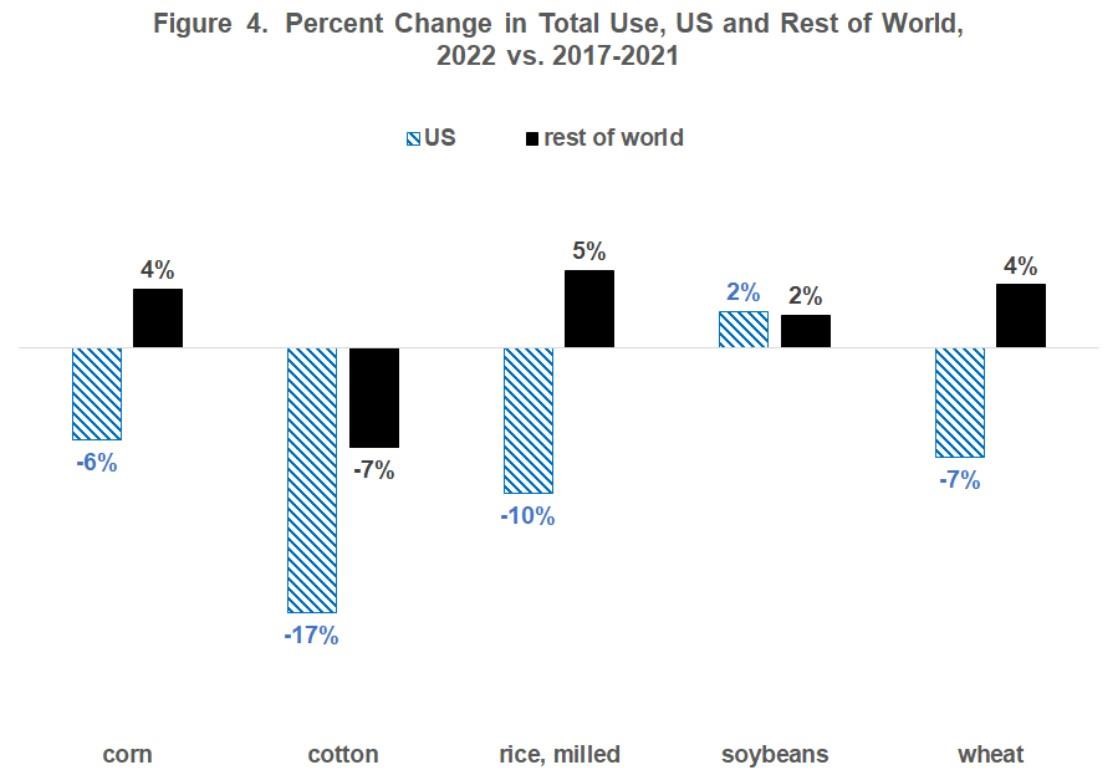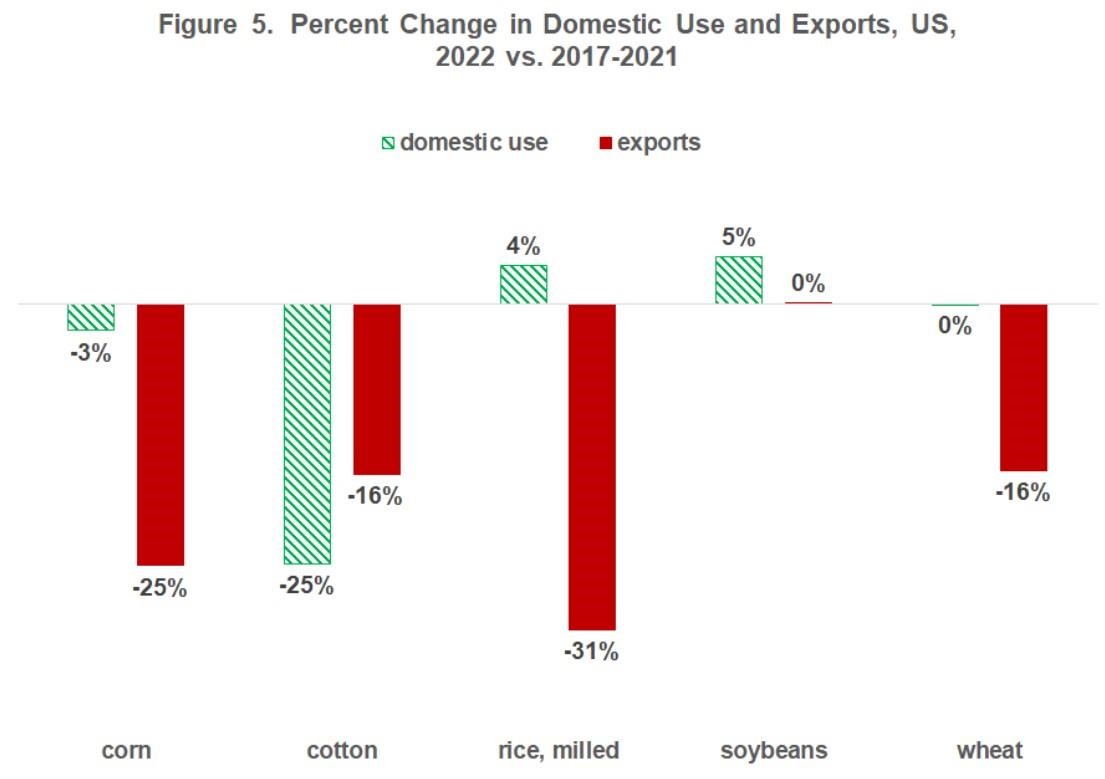By Virginia A. Ishler
Production perspective:
Weather conditions can have serious impacts at harvest time and the recent influx of moisture has been challenging. This can create headaches when trying to ensile forages at the correct dry matter. Including a fermentation profile on ensiled forages can be helpful in navigating potential bottlenecks to dry matter intake and animal health issues.
Ensiling forages at the proper dry matter percent for the various storage structures is an important metric to follow. However, good producers can ensile outside the ideal ranges by focusing on particle size and packing techniques to generate quality feed. Using pH alone as a barometer of forage quality does not necessarily give an accurate picture. The fermentation profile ultimately reflects the quality of the feed and is the key to establishing a good foundation. Even if the forage has optimal digestibility, a poor fermentation profile can limit intake and, in some cases, cause indigestion problems resulting in poor animal performance.
The acids that make up the fermentation profile are lactic, acetic, propionic, and butyric. Lactic is the strongest acid and the most desirable during fermentation. It should make up between 65-70 percent of the total acid produced. This can be 3-8 percent on a dry matter basis. Acetic can make up 1-4 percent, propionic less than 0.50 percent and butyric less than 1 percent. Butyric ranging between 1 to 5 percent can cause intake and metabolic problems. High butyric acid occurs when a hay-crop forage has been ensiled at an extremely high moisture content. When this situation occurs, dilution is the solution when trying to manage this problem. However, it can be a "Catch 22", feeding lower amounts can cause spoilage problems from storage, but if the full amount is fed, it can make animals sick. The unpopular alternative is discarding a set amount of the poor silage, which means forage inventory can be compromised. Typically, there are no easy answers to dealing with poorly fermented forages.
Tables 1 and 2 illustrate the fermentation profile on various forages sampled from 2004 through April 2022 at the Dairy One Forage Testing Lab. On average, all the forage groups fall short of meeting lactic acid over 65 percent of the total acids produced. However, the individual acid levels for lactic, acetic, and propionic come close to meeting the recommendations. For corn silage, the use of a heterofermentative inoculant such as Lactobacillus buchneri produces a mix of lactic and acetic acid, which inhibit yeast and molds that cause aerobic deterioration during feed out. That could explain why a heavy lactic acid profile is not reflected.
The level of butyric acid production on the hay crop forages does not exceed two percent. However, the high end of the range is significant enough to potentially cause intake and health problems. The dry matter percent for the hay-crop and small grain silages are in the range typically observed on many dairy operations. Harvesting small grain silage at 22 to 25 percent dry matter makes it extremely difficult to store properly and to avoid an undesirable fermentation.
The fall and spring can be a time of transition when feeding cows especially with corn silage and later cuttings of hay-crop forages in the fall and small grain silage in the spring. The added cost of including the fermentation profile to all the ensiled forages tested can help strategize ration adjustments while hopefully minimizing negative impacts to animal performance.
Table 1. Fermentation profiles of corn silage and mixed mainly grass and legume silages.

Note: Lactic acid as a percent of total acids is a calculated value.
Values are as a percent of dry matter.
Table 2. Fermentation profiles of small grain silages.

Note: Lactic acid as a percent of total acids is a calculated value.
Values are as a percent of dry matter.
Economic perspective:
Monitoring must include an economic component to determine if a management strategy is working or not. For the lactating cows, income over feed cost is a good way to check that feed costs are in line for the level of milk production. Starting with July 2014's milk price, income over feed cost was calculated using average intake and production for the last six years from the Penn State dairy herd. The ration contained 63% forage consisting of corn silage, haylage, and hay. The concentrate portion included corn grain, candy meal, sugar, canola meal, roasted soybeans, Optigen, and a mineral vitamin mix. All market prices were used.
Also included are the feed costs for dry cows, springing heifers, pregnant heifers, and growing heifers. The rations reflect what has been fed to these animal groups at the Penn State dairy herd. All market prices were used.
Income over feed cost using standardized rations and production data from the Penn State dairy herd.

Note: September's Penn State milk price: $25.70/cwt; feed cost/cow: $7.34; average milk production: 80 lbs.
Feed cost/non-lactating animal/day.

Source : psu.edu